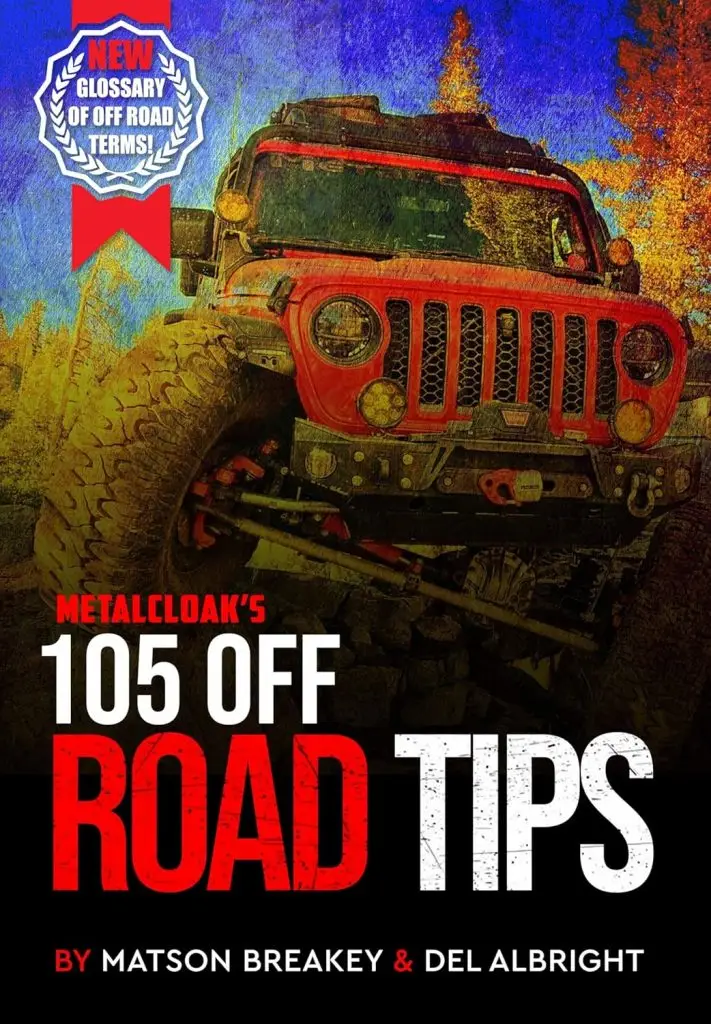San Rafael Swell: Where Adventure, Solitude, and Ancient Stories Coincide
By Del Albright
Fifty miles wide and thirty miles long, the San Rafael Swell of Utah is a wild, rugged stretch of desert that’ll flat-out blow the driving gloves right off your hands. Formed millions of years ago by massive geologic uplift, the Swell rises like a giant folded ripple in the earth’s crust — tilted, twisted, and carved by wind, water, and time into a masterpiece of mesas, canyons, buttes, and lonely red-rock cathedrals.
On my first visit, a dreary sky set the mood as I rolled in and felt like I’d crossed a portal out of the real world. No crowds. No noise. Just the raw bones of the planet laid bare. That’s the magic of the San Rafael. You don’t just drive it — you experience it.
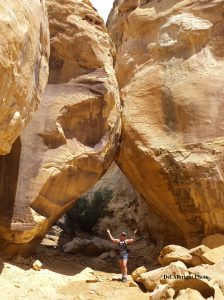
A Landscape That Holds Its Stories Tight
Managed by the Bureau of Land Management (BLM) and patrolled by the Emery County Sheriff’s Office, the San Rafael Swell offers national-park-level scenery without national-park crowds. And woven through this landscape is a timeline so deep you can feel it.
High on a sandstone shelf, I once found a dinosaur track the size of a dinner plate — the only print in that location, slowly weathering away. A silent reminder that long before Jeeps crawled these canyons, giant creatures walked here in the mud.
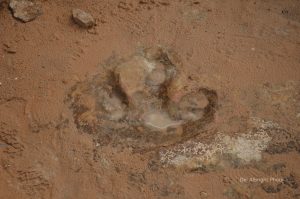
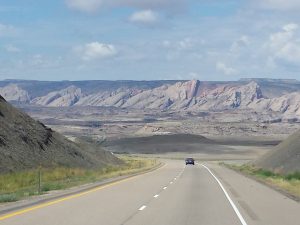
But the most powerful human history lies painted and carved into the canyon walls.
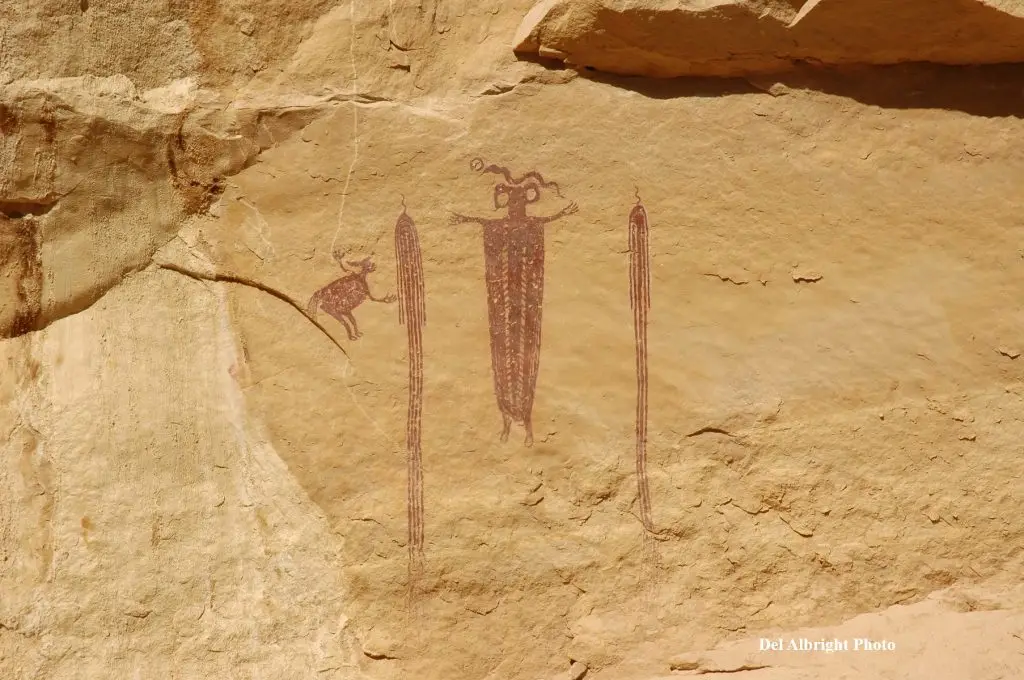
The Ghostly Art of Buckhorn Wash
If you’re cruising down Buckhorn Wash — and you absolutely should — look for one of the most spectacular rock art sites in the West: the Buckhorn Wash Pictograph Panel.
Across roughly 130 feet of smooth, vertical cliff is a gallery of Barrier Canyon Style (BCS) pictographs painted 2,000 to 4,000+ years ago. These Archaic-period artists used iron-rich pigments to create figures that still glow red against the rock.
Typical BCS elements you’ll spot:
Tall, elongated spirit-like figures
Hollow eyes or blank faces
Interior lines, grids, rib patterns
Zoomorphic creatures and serpents
Smaller “attendant” figures surrounding larger forms
Centuries later, the Fremont culture — 700 to 1,300 years ago — carved petroglyphs over and around the paintings: bighorn sheep, hunters, shields, and geometric symbols. Layer upon layer, this wall remained sacred across generations.
Stand behind the protective fence and let your imagination go. Ceremony? Myth? Visions? Whatever the meaning, it feels purposefully mystical.

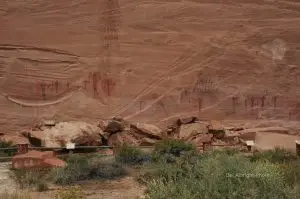
Black Dragon Wash — Art, Mystery, and a Storm I Won’t Forget
Black Dragon Wash holds another famous panel — and one of my more memorable near-disasters.
Years ago, I was exploring the wash with good friends when a storm built faster than anything I’d ever seen. The sky went black. The wind roared. And the sandy wash turned into a churning chocolate river. As we were racing out of the wash, my buddy’s wife called me on the radio and asked, “What do we do if the flood water catches up with us?” All I could offer was, “Stay on the gas, roll up the windows, and hang on!” Of course, I was trying to be cute and not make the situation worse. We barely escaped before the flash flood closed the trail behind us. If there’s one desert lesson carved in stone, Black Dragon Wash can bite.
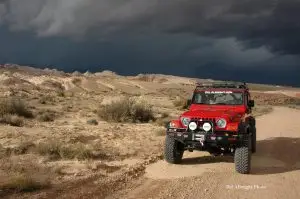
But just a short walk from where the flood nearly got me is the Black Dragon Pictograph Panel — long misunderstood as a dragon or even a “pterosaur.” Thanks to modern enhancement programs like DStretch, we now know the “dragon” is actually five separate figures:
A tall, tapering anthropomorphic form
A smaller human shape
A sheep-like figure
A dog or coyote
A flowing, serpentine design connecting the scene
Nearby Fremont carvings crowd an alcove with bighorns, human figures, shield shapes, and dot patterns — a crossroad of cultures and stories.
Stand there long enough and you can feel the centuries pressing in: storms, hunters, shamans, migrations… and now motorized explorers like us rolling the same ancient travel corridors.

IF YOU GO — Trail Tips for a Safe and Respectful Trip
The Swell is remote, unforgiving, and absolutely worth it. But preparation and stewardship matter.
1. Watch the Weather
Both Buckhorn Wash and Black Dragon Wash can funnel water like a firehose. Even storms miles away can turn these routes deadly.
If the sky looks angry, get out of the washes.

2. Stay on Designated Routes
The Swell is a maze of tempting tracks, but many lead into sensitive habitat or unstable slickrock.
Stay legally on-route to keep the land open and yourself safe.
3. Respect the Rock Art and Prehistoric Artifacts
These panels are irreplaceable. Please:
Do not touch the images.
Don’t chalk, wet, or “highlight” anything.
Stay outside fences and off rock ledges.
Educate your group.
Report vandalism to the BLM.
These high-profile sites influence land-management decisions. Good behavior here keeps all of us rolling. Do your part and respect the ancient history of the Swell.

4. Bring Water, Maps, and a Full Tank
A gallon of water per person per day is the bare minimum. Cell service in the San Rafael Swell is spotty. Distances are big. Help is far away. Be prepared.
5. Travel Smart and Don’t Go Solo
A second vehicle is best in remote areas of the desert (or forest, for that matter). Leave your travel plan with someone at home or in camp before heading out. In the field, convoy with a buddy that you are in touch with by radio (or cell if in the right area).
6. Don’t Camp or Park in a Wash
Storms move fast in the desert. Floods move faster. Watch for dark clouds building up over distant mountains that could mean rainfall miles away, yet eventually headed your way with a gully washer!
7. Stay Out of Old Mines
Collapses and bad air pockets make them deadly. You can just be smart about exploring mine tunnels. If you do venture into any caves or mine shafts, be prepared with flashlights, protective gear, a hard hat, water, and someone outside who knows where you are.
Good Planning Resources
Location Quick Facts
155 miles south of Salt Lake City
35 miles south of Price
17 miles east of Castle Dale
45 miles east of Salina
Final Thoughts
The San Rafael Swell is one of the true crown jewels of the American West — a place where geology, silence, ancient culture, and motorized exploration harmonize into one unforgettable experience.
Whether you’re studying Buckhorn’s ghostly pictographs, navigating the unpredictable Black Dragon Wash, hunting dinosaur tracks, or simply soaking up the solitude of endless mesas, the Swell will humble you and inspire you. Treat the land with respect. Drive smart. Preserve the stories written on these canyon walls. And the San Rafael Swell will reward you with memories that last a lifetime.
Footnote/Sidebar: Head of Sinbad Pictograph (San Rafael Swell)
One of the Swell’s finest Barrier Canyon Style (BCS) rock-art sites, tucked into the cliffs of Locomotive Point just north of I-70. The Head of Sinbad panel features tall, ghost-like Archaic anthropomorphic figures—some holding or surrounded by snakes, others framed by odd plant- or comb-shaped symbols. The crisp detail makes this one of the best-preserved BCS panels in Utah.

Researchers suggest ceremonial or shamanic meaning, with possible depictions of conflict, visions, or ritual power. The age estimates run roughly 2,000–4,000 years old.
Access is by sandy, rutted 4×4 two-track, with a short walk to the cliff. As always: no touching the rock art, stay off cryptobiotic soils, and practice good backcountry etiquette.
MORE off-road driving tips; GET Del and Matson’s new book: 105 Off-Road Tips
